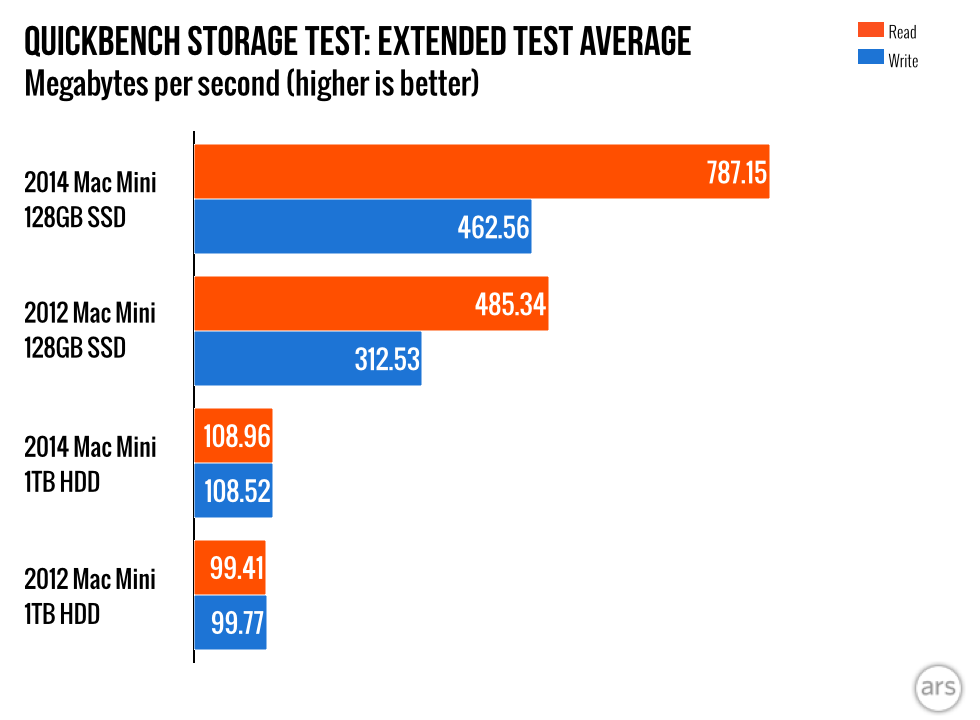
You should also consider buying a monitor calibration tool.

You can choose an LCD panel built on IPS, TN, or VA technology or opt for cutting-edge OLED panels if the budget allows.

The higher the pixel density, the better the image quality, as you’re less likely to see individual pixels. Pixel density: Measured in pixels per inch (PPI), pixel density describes how closely-packed the pixels are on the display.Your decision ultimately depends on your budget and available space. Larger, 32-inch and ultrawide monitors are also available. Smaller, 24-inch displays remain popular with gamers, and people who have minimal desk space. Size: Most displays are around the 27-inch mark.Higher resolutions, like 4K and 5K, require more powerful hardware. Generally, the higher the resolution, the better the image quality. Resolution: This is the number of pixels displayed onscreen at once, measured on two axes (e.g., 1920 x 1080).Here are some things to consider before you choose a monitor: Your budget will play a large role here, so first, decide what you want to spend, and which features are most important to you.

First, you have to pick the right monitor for the job.


 0 kommentar(er)
0 kommentar(er)
